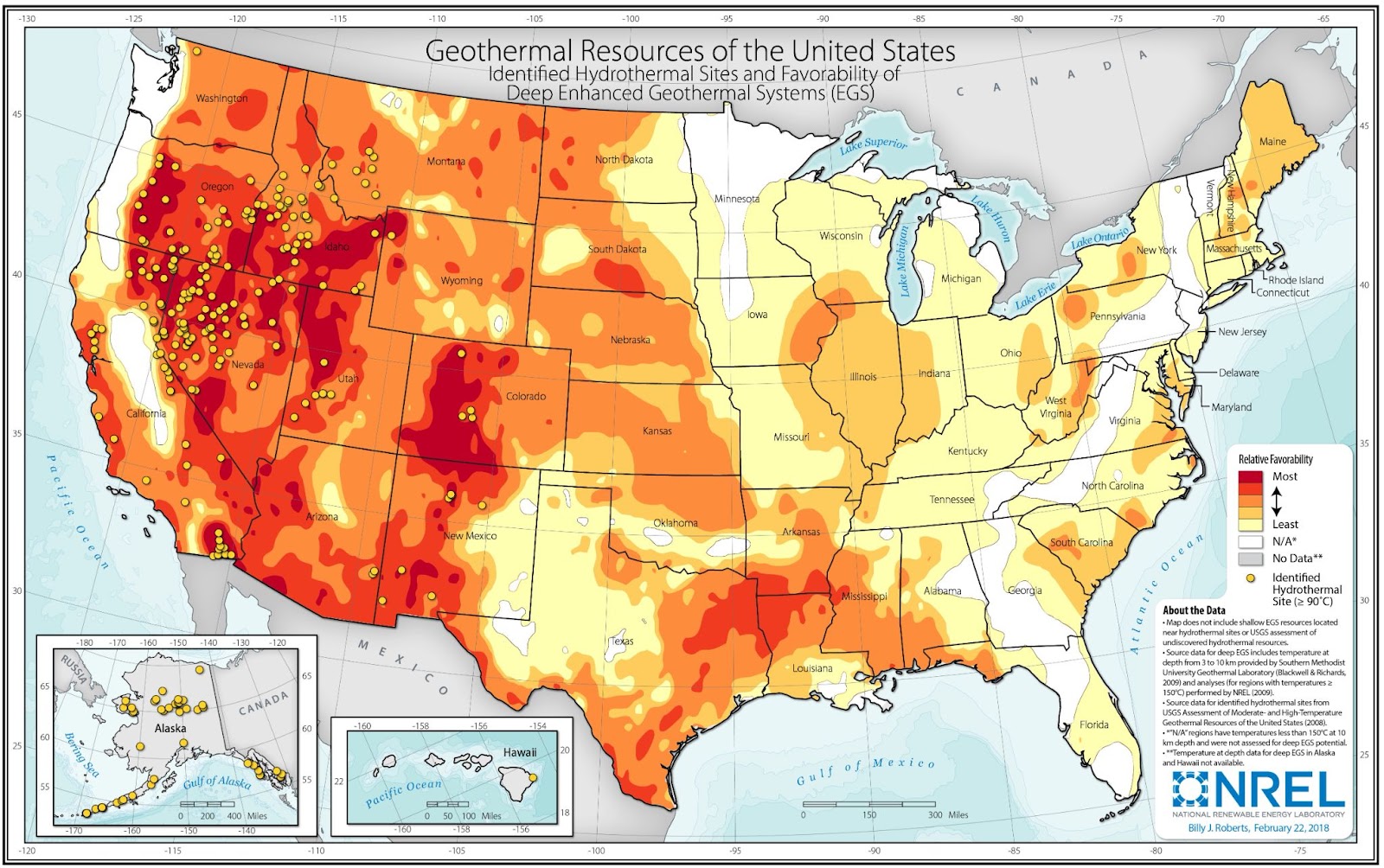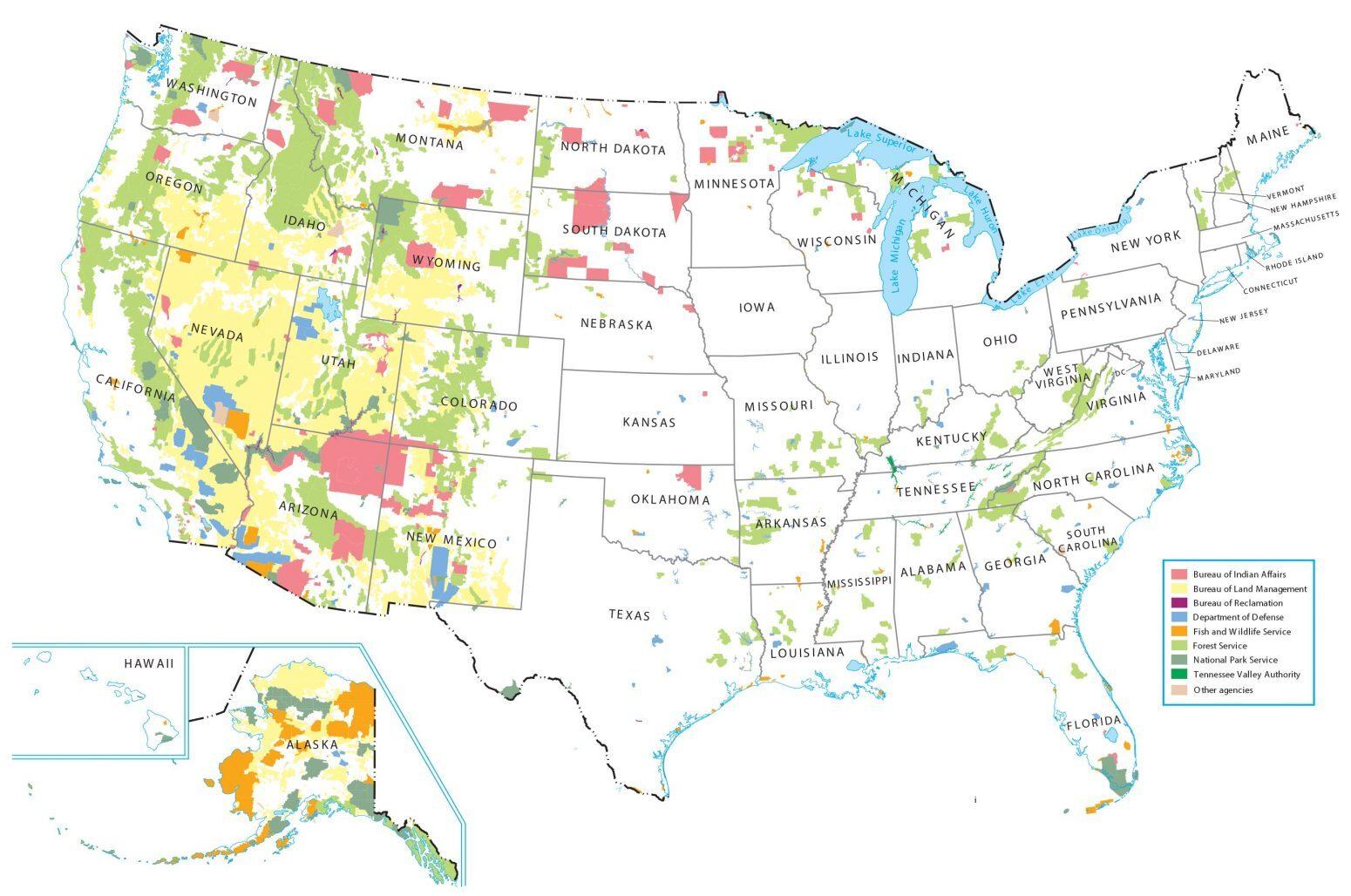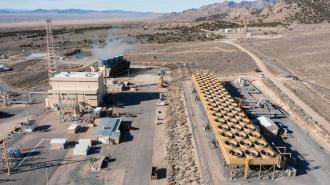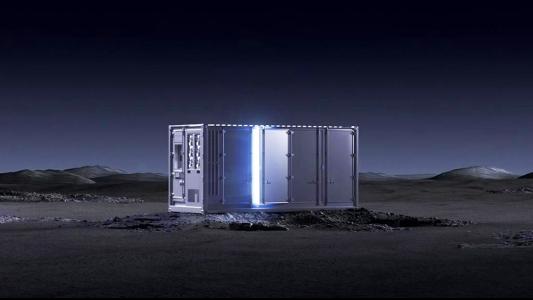The Bureau of Land Management (BLM) is making it easier to explore public land for geothermal power, using natural heat below Earth’s surface to generate clean energy. The new rules put geothermal on more of a level playing field with oil and gas exploration, but bigger changes may still be needed, according to some experts.
Geothermal power: Earth’s core is hot — like, “the surface of the sun” hot — but you don’t have to go too far down to start feeling that heat. In general, the temperature increases by about 75 degrees F for every mile you drill down. But in some places, the crust is thinner and the heat is much closer to the surface — in the US, such areas are heavily concentrated in western states.

Geothermal power systems take advantage of this heat to generate electricity, but because it can be very expensive to drill deep into the Earth, geothermal systems have traditionally been built around natural geothermal reservoirs, like hot springs, which are only found in a few locations. As a result, only 0.4% of electricity in the US is generated from geothermal.
Recent technological advances, including better drilling technology, could allow us to create enhanced geothermal energy in more places, though, which could make a big difference in the battle against climate change.
Red tape: The BLM manages 245 million acres of federally owned land on behalf of the American people, an area that overlaps quite a bit with the best potential geothermal sites in the US.

The BLM has been leasing bits of this land to geothermal power developers since the 1970s, but as of 2019, these plants were only generating enough electricity for about 1.1 million homes, and total geothermal power output hasn’t grown in decades.
New technology could significantly increase the amount of geothermal power generated on public lands, but figuring out if a location is viable is expensive and time-consuming, in large part because of how difficult the approvals process is.
“The policy problem is that geothermal companies are forced to conduct ‘environmental assessments’ — the mid-tier of NEPA reviews, which can be hundreds of pages and take years — before they can drill and test whether geothermal resources are good enough to produce electricity,” Aidan Mackenzie, an infrastructure fellow at the Institute for Progress, told Freethink.
“If companies fail to find the resource,” he continued, “they may have to repeat the review. And then after they confirm a resource, companies are obliged to conduct another, even more burdensome ‘environmental impact statement’ review to construct the production wells and transmission lines.”
“Geothermal energy is one of the technologies that can move our country toward a clean energy future.”
Tracy Stone-Manning
What’s new? “Categorical exclusions” can expedite this process. These cover activities that a federal agency has already determined won’t have a significant impact on the human environment, so proposals that qualify for them can move more quickly. In 2005, Congress passed a law that provided categorical exclusions to some oil and gas drilling on public lands — but not for geothermal.
Now, the BLM is adopting two categorical exclusions, already used by the Navy and the US Forest Service, that eliminate the need for geothermal power developers to conduct an environmental assessment if an exploration proposal meets certain conditions (e.g., it doesn’t require the creation of new roads longer than one mile).
“Geothermal energy is one of the technologies that can move our country toward a clean energy future,” said BLM Director Tracy Stone-Manning. “It only makes sense to use the same streamlined processes for permitting geothermal exploration that other government agencies have proven can work.”
Looking ahead: If the new categorical exclusions can encourage more geothermal power developers to explore public lands, we may be able to significantly increase America’s use of this renewable resource. However, it’s not clear what sort of impact these specific exclusions will have on geothermal development.
“Unfortunately, the new text may not fully cover the relevant drilling activities,” said Mackenzie. “The text allows for increased use of access roads, brush clearing, and some types of exploration, but does not appear to say enough to exclude the actual exploration drilling needed for final resource confirmation.”
“We will have to wait and see whether BLM clarifies the uses for these new activities or moves forward with a larger categorical exclusion,” he continued.
“There is great potential to scale up production of this clean, reliable energy.”
James Risch
Other efforts to cut through the red tape currently holding back the geothermal industry are already in the works, though — in March 2024, a bipartisan group of senators introduced the GEO Act, which is designed to accelerate America’s adoption of geothermal energy.
“With breakthrough technologies underway, there is great potential to scale up production of this clean, reliable energy,” said Sen. James Risch (R-ID), one of the senators to introduce the bill. “The GEO Act will streamline leasing and permitting processes, allowing the responsible and efficient development of traditional and enhanced geothermal resources on our public lands.”
We’d love to hear from you! If you have a comment about this article or if you have a tip for a future Freethink story, please email us at [email protected].






